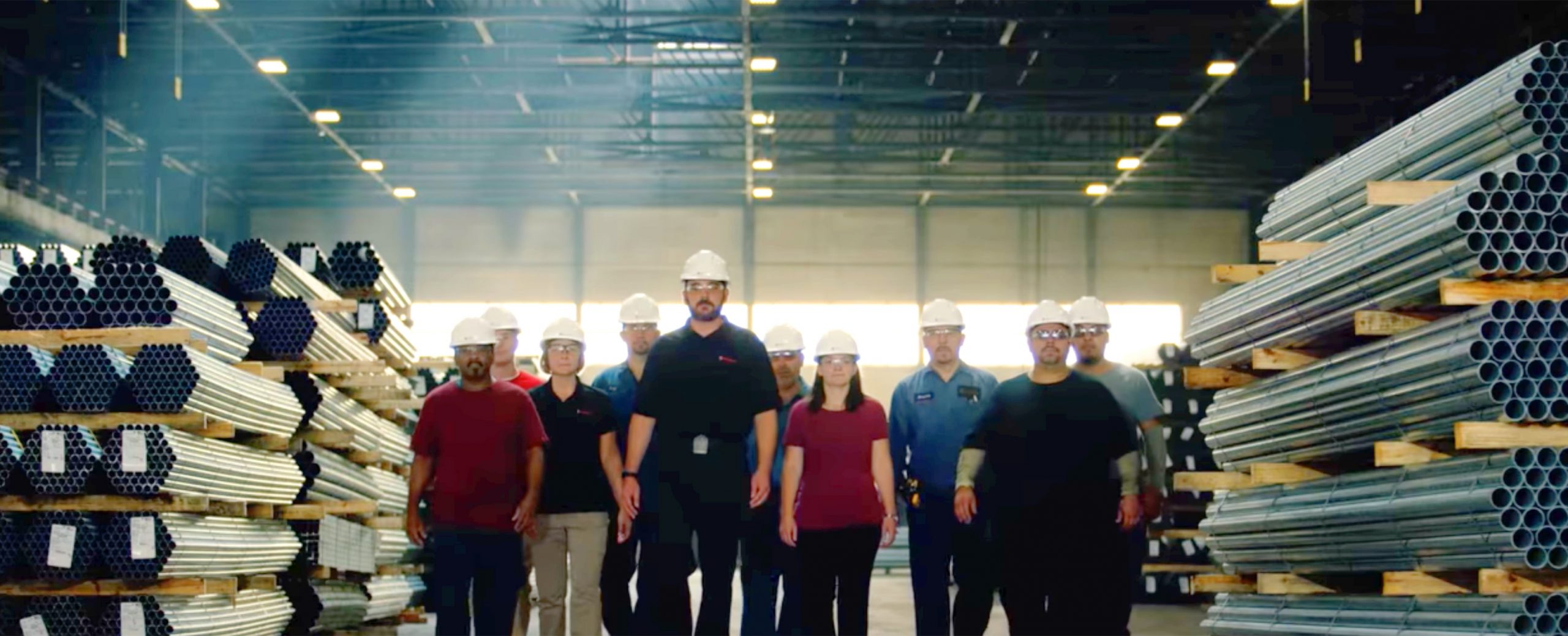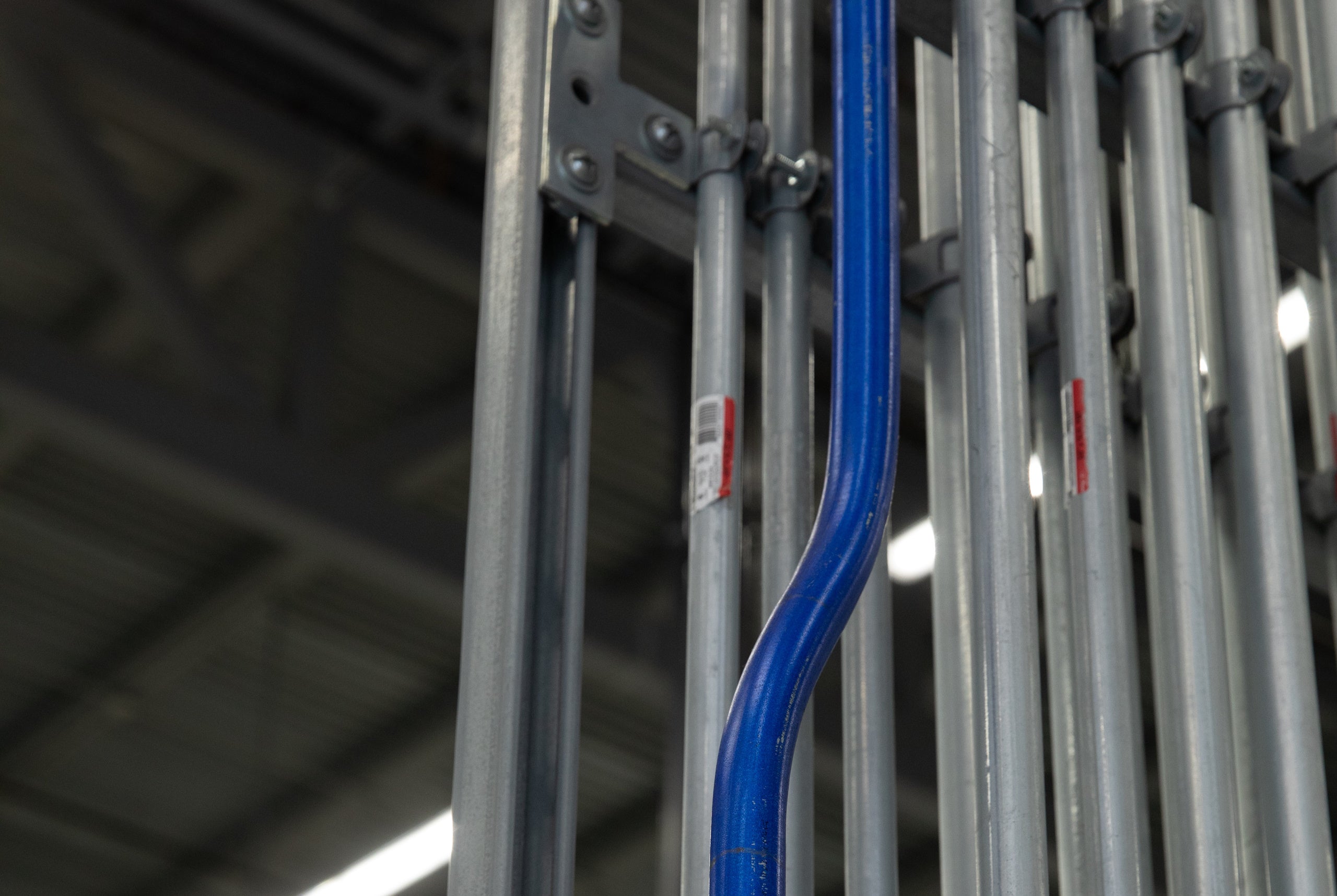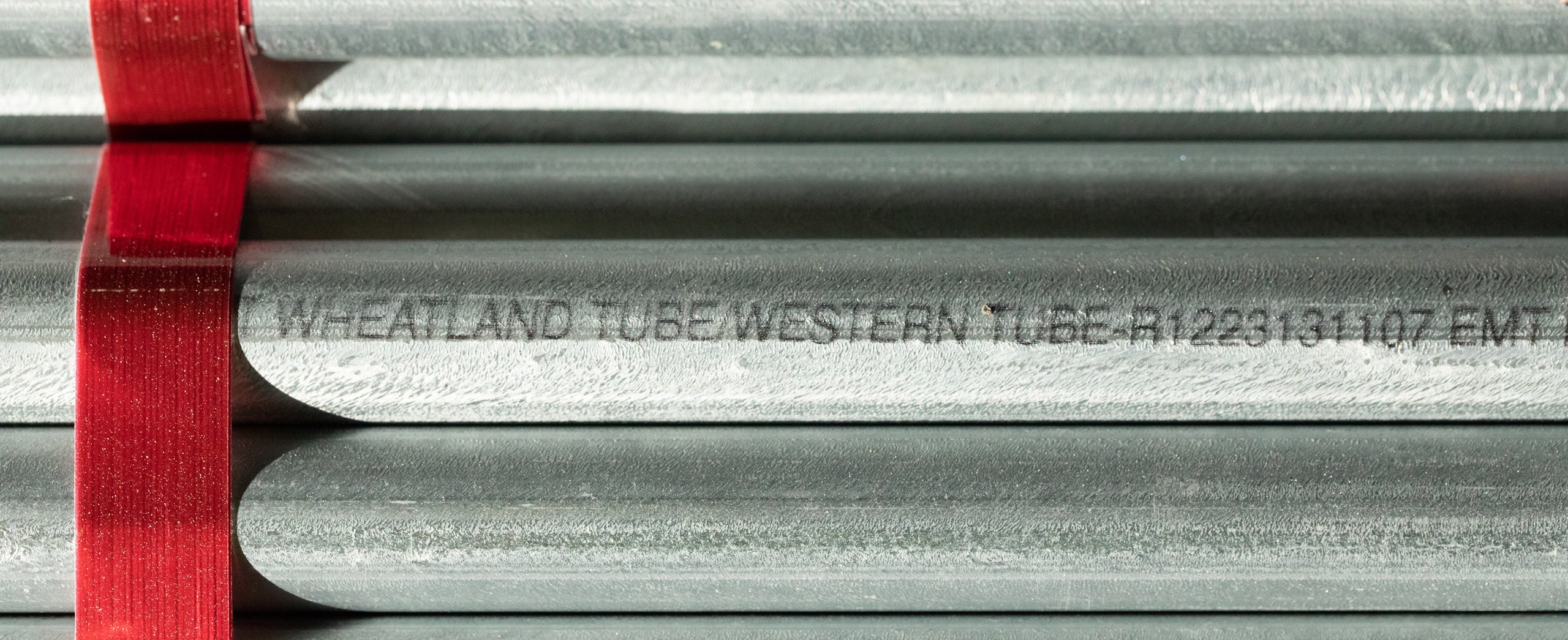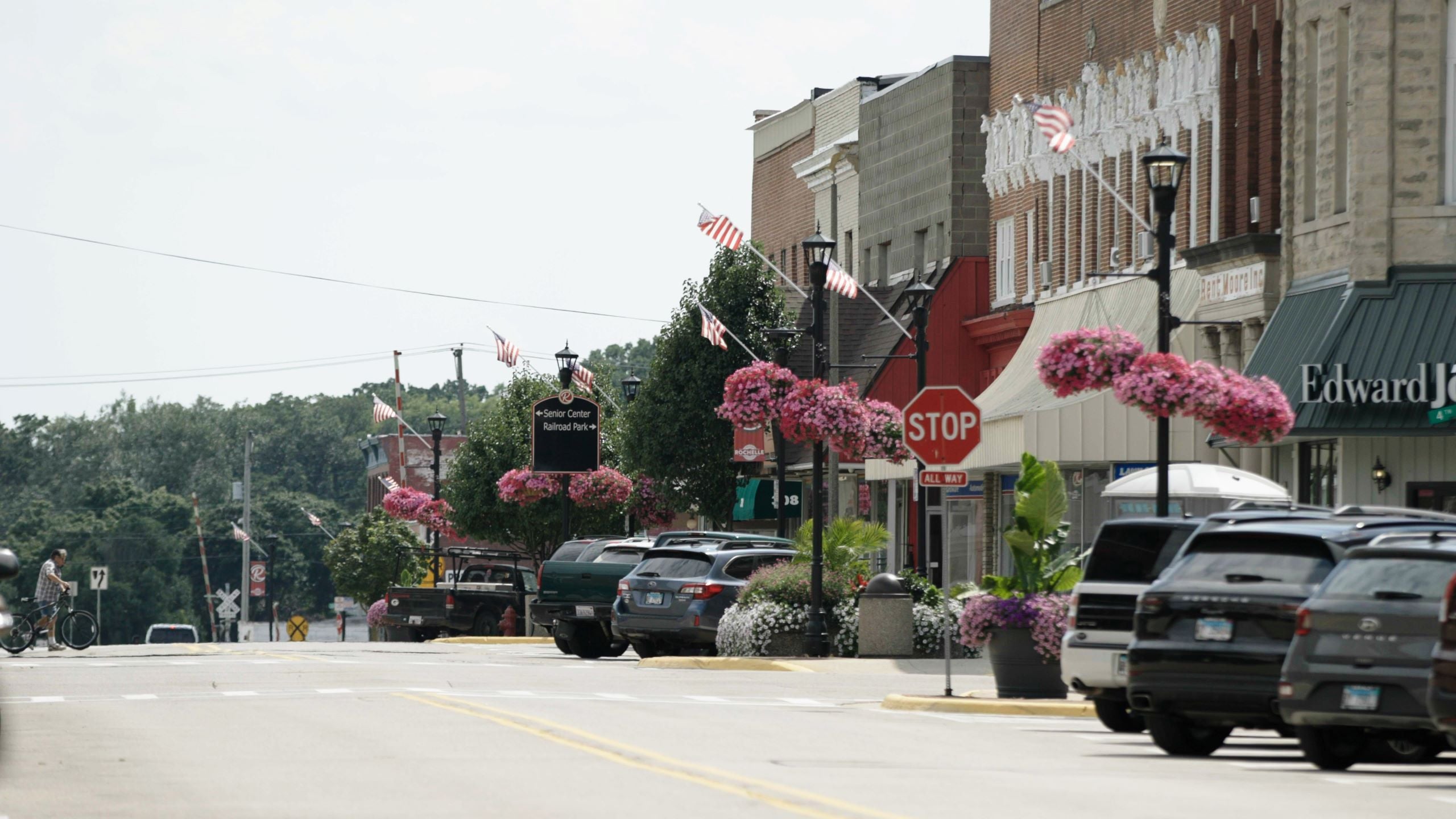4 Advantages of Specifying Steel Construction for A LEED Project
The USGBC’s LEED rating system is the world’s most popular green building performance metric. LEED certification is the recognized standard for measuring building sustainability, and is the best way to demonstrate that a building project is truly “green.” Green (also known as green construction or sustainable) buildings refer to a structure and using process that is environmentally responsible and resource-efficient throughout a building’s life-cycle: from siting to design, construction, operation, maintenance, renovation, and demolition.
Cost/benefit of a green building project
According to the NRDC, Green building skeptics sometimes argue that it’s difficult or even impossible to build green without paying a big cost premium. LEED Certification involves a massive amount of document production, review and verification. These certification costs could be better used toward materials capable of making the building even more sustainable.
Often when a LEED rating is pursued, the cost of initial design and construction rises. One reason for the higher cost is project designers may not fully understand sustainable construction principles. LEED is a design tool and not a performance measurement tool. Some of the finer points of LEED could possibly lead to misunderstandings between the design team, construction team, and client, which could result in construction delays.
LEED has been developed and continuously modified by workers in the green building industry; especially in the ten largest metro areas in the U.S. Unfortunately, LEED certified buildings have been slower to penetrate small and mid-major markets. Also, some criticism suggests that the LEED rating system is not sensitive and does not vary enough with regard to local environmental conditions.
Benefits of LEED certification
Real-world examples show that you can complete a LEED-certified green building project for an average of 2 percent more in upfront costs, and sometimes even below standard market construction costs. However, these higher initial costs can be effectively mitigated by the savings incurred over time due to the lower-than-industry-standard operational costs typical of a LEED certified building. Plus, any extra first costs you pay can be recovered through faster lease-up rates, rental premiums and increased market valuation.
Life Cycle Costing is a method for assessing the total cost of ownership, taking into account all costs of acquiring, owning and operating, and the eventual disposal of a building. More and more building owners, engineers and contractors are realizing the benefits of sustainable practices to ensure not only the longevity of the earth’s environment but also the efficiency and quality of new construction.
- LEED certified buildings often provide healthier work and living environments, which contributes to higher productivity and improved employee health and comfort.
- Many federal, state, and local governments and school districts have adopted various types of LEED initiatives and incentives such as tax credits, tax breaks, density bonuses, reduced fees, priority or expedited permitting, free or reduced-cost technical assistance, grants and low-interest loans
- LEED certification, which includes a rigorous third-party commissioning process, offers compelling proof that you’ve achieved your environmental goals and your building is performing as designed.
According to the Steel Recycling Institute (SRI) and the American Institute of Steel Construction (AISC), there are numerous advantages of specifying steel construction for a LEED project. In fact, the LEED system rewards the building industry for higher recycled steel content in their building materials. Steel is a natural fit for green building initiatives and can make the greatest contribution to the Materials and Resources LEED category that encourages using sustainable building materials and reducing waste.
- As the worldwide demand for steel increases, the available scrap will be stretched among more and more steel products, meaning that more steel from virgin materials will enter the production stream to meet the demand. However, because of steel’s high recovery rate, more scrap will also be available for future recycling, thus minimizing the long-term amount of virgin material required.
- Steel is dimensionally stable and, when properly designed, can provide an exceptionally tight building envelope for less air loss and better HVAC performance over time.
- Steel is made to exact specifications, so on-site waste is minimized.
- Material from demolition or construction can be easily recycled, with the magnetic properties of steel greatly facilitating its separation from other materials.

There’s nothing better than building something you believe in.
Zekelman companies are in constant motion, expanding our teams and challenging convention.
"*" indicates required fields




